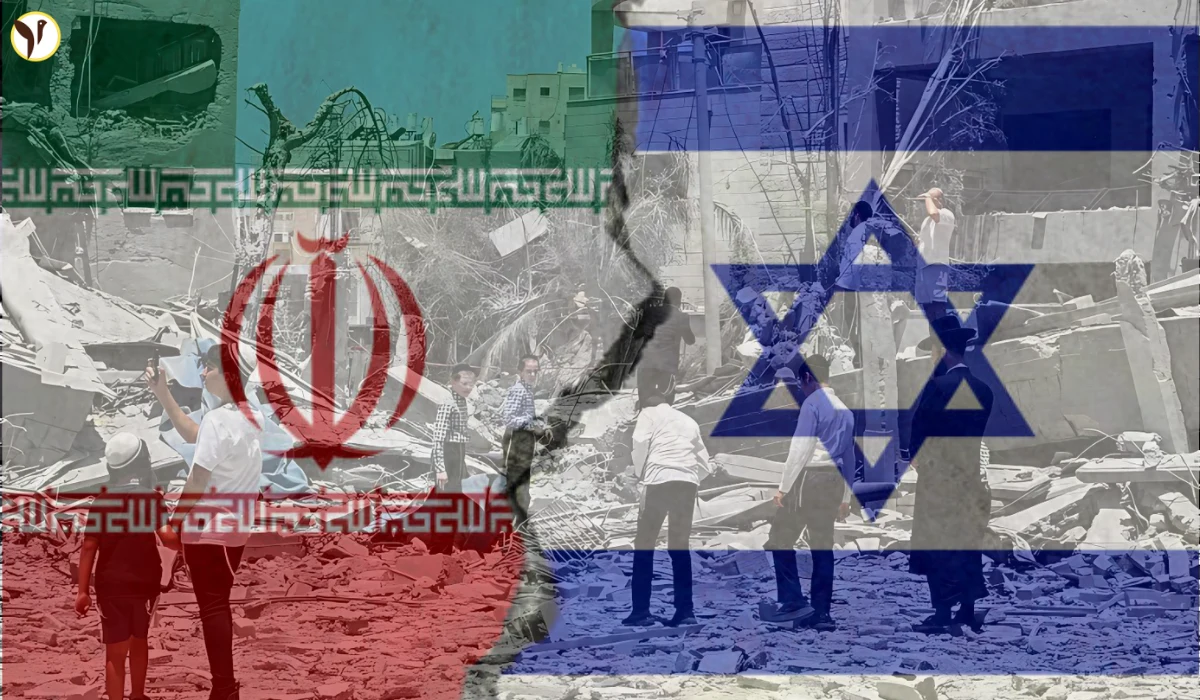It’s been over a week since Israel and Iran opened up with full-scale attacks, and both are hurting—but Israel’s defenses and secret operations may be giving it an edge. Let’s break down what’s happened, what you might have missed, and why it matters.
Widespread Damage on Both Sides
So far, this war has hit hard:
-
Israel has taken more than 400 Iranian missiles, striking hospitals, homes, and even the big Soroka Medical Center in Beersheba, injuring nearly 240 people. Over 5,000 Israelis are suddenly homeless because buildings were destroyed.
-
Iran, meanwhile, has lost about 640 people, with hundreds more wounded. Heartbreaking scenes of panicked families fleeing Tehran—roads crammed, queues for gas, and residents escaping to countryside regions—are now common.
Bottom line: massive damage everywhere, millions affected, and normal life almost shattered in many areas.
Reports confirm Iran has fired nearly 400 ballistic missiles and over 1,000 drones at Israel, escalating the conflict significantly. 😲😲😲🙂B#IranIsraelConflict #Israel #Trump #IranIsrael #TelAviv #IsraelIranConflict #IsraeliranWar #IranVsIsrael pic.twitter.com/7NFka9p6f1
— himanshi ♡ (@me__himanshi) June 19, 2025
Strategic Edge: Israel’s Secret Moves
Most headlines follow the missiles, but here’s what few have covered:
-
Before the missile blasts, Mossad quietly set up drone sabotage inside Iran, blowing up missile launchers and air defenses—deep behind enemy lines. That cut Iran’s launch capacity from nearly 1,000 to around 200 missiles
-
Israel has reportedly destroyed around 40% of Iran’s ballistic missile stockpile and half of its launchers
-
Iran has now shifted its missile launches from the west to central Iran, firing longer-range missiles (Emad, Ghadr, Sejjil) from deeper inside
Why it matters: This covert campaign gave Israel the power to weaken Iran’s response from the start—a huge strategic win that isn’t talked about much.
Who’s Still Standing?
-
Israel has strong missile defense like David’s Sling and Arrow 3, and its economy has stayed intact—even paying hundreds of millions daily for defense.
-
Iran is feeling the pressure: missile factory hits, damged nukes, interrupted flights, internet blackouts, and mass evacuations—plus internal worry over protests or instability
But Iran’s leadership still stands firm. Khamenei called for no surrender, and hardline groups are treading carefully but still talk of retaliation .
Points Often Missed
Here are some less told aspects:
-
Economic burden: Israel is spending hundreds of millions of dollars every day to defend itself and rebuild—about $12 billion per month if this continues.
-
Proxy pull-back: Hezbollah and Hamas have mostly stayed out. They’re worn down by wars in Gaza and Lebanon, so which means a smaller broader regional war.
-
Global evacuation: Countries like India, Australia, and even Germany are flying their citizens out. In Iran, over 100,000 people have fled Tehran alone.
What Happens Next?
-
US involvement is key—Trump has warned Iran to evacuate Tehran and could decide on military support within weeks .
-
Diplomatic talks are happening in Geneva, with voices like Nobel laureate Narges Mohammadi urging ceasefire and humanitarian relief.
-
Iran’s missile reserves are shrinking, but it still has long-range arms—meaning they haven’t lost all punch.
Why This Matters to You
-
Global security risk: What starts here can spread—oil prices, air travel, global diplomacy all sway.
-
Civilian impact: Standard folks on both sides—families fleeing homes, hospitals under fire—are the real human story here.
-
Digital warfare: Israel’s use of drones by Mossad shows how secret tech can shift wars—expect more of this in future conflicts.
From Social Media
A tweet from Israel on X (formerly Twitter) shows how people are protesting to stop this war:
“Stop the War – We Want Peace” isn’t just a slogan"
— YuvaDrishti (@AjayBajrangYadv) June 20, 2025
It’s the voice of citizens from Tel Aviv to Tehran,
drowning in the blood spilled by the egos of Netanyahu and Khamenei.
One side protests for peace.
The other buries its youth.
This is not a war between nations —
It’s a war… pic.twitter.com/hktJYdHa4w
These aren’t quotes from official sites—they’re real, raw glimpses into how people are living this war.
Final Thought
Both countries are hurting—but Israel’s early covert strategy and missile shield give it an edge. Iran’s people are paying a big price, yet its leaders still defiant. This isn’t a war anyone is fully winning—it’s a dangerous stalemate with deeper shadows. The next few weeks—and U.S. choices—may tip the scales.


/content/stories/thumb/thumb691c6883320f32.63242210.webp)
/content/stories/thumb/thumb691c595f806732.26187823.webp)
/content/stories/thumb/thumb691c49335a4bc3.80041055.webp)
/content/stories/thumb/thumb691c3c61988637.81812691.webp)
/content/stories/thumb/thumb691c2288109e71.34074074.webp)


